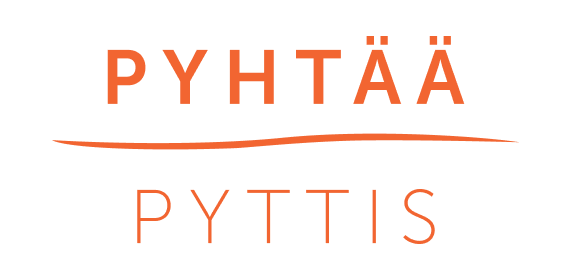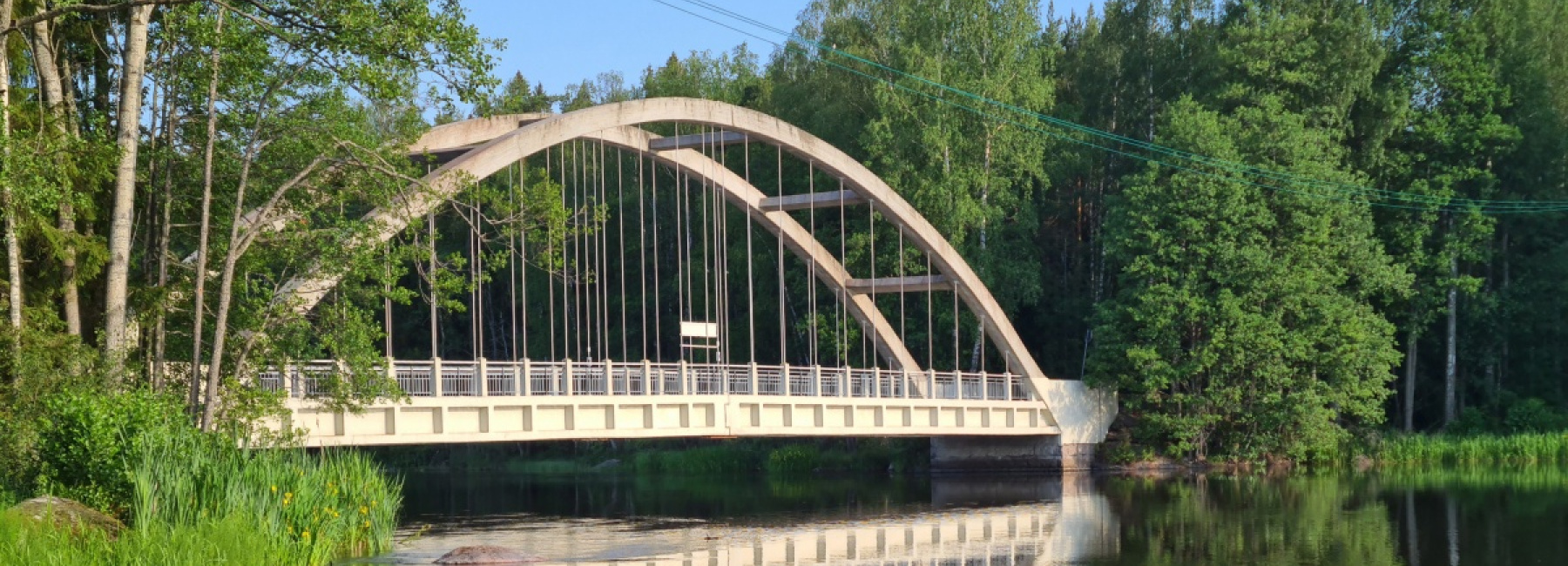The long history of Pyhtää briefly
The earliest known settlements in Pyhtää date back to the Stone Age and the earliest mention of Pyhtää dates back to the year 1347. The document is about a dispute over the use of dams for salmon fishing in the rapids Ahvenkoski. The document reveals the importance of fishing to the residents of Pyhtää in those days. Pyhtää has been an independent parish and an administrative unit since the beginning of the 16th century. The municipality reached its largest expanse in the second half of the 16th century, covering in addition to today's territory also Elimäki, Kymi, Anjala, Ruotsinpyhtää and some villages Lapinjärvi.
Residents of Pyhtää have suffered from wars and strife throughout history. Here fought the Vikings, the Danes, the Norwegians, Novgorod, the Russian and the Polish. After the war between Russia and Sweden, in accordance with the terms of the peace treaty signed in 1743, the state border was moved to Ahvenkoski and Pyhtää was divided into two parts. The part that remained Swedish became known as Ruotsinpyhtää - Swedish Pyhtää, and the territory ceded to Russia kept the original name of Pyhtää.
The economic development of the region was influenced by the proximity of the sea and the river Kymi, as well as "The Great Coastal Road" - the post and army tract from Turku to Vyborg, built in the early Middle Ages. Today, this road is called "King's Road" - "Kuninkaantie." Pyhtää is located in the Kymi delta area and two of its western branch runs through the municipality, creating a waterway that provided a natural environment for the development of trade. Through that trade the district of Pyhtää started to develop. A stone church was built in the middle of the 15th century in the place where the river Kymi intersects with the "Great coastal road".
Fisheries and agriculture gradually lost its importance as a source of income. However, the location of Pyhtää by the Kymi continued to have a positive impact. At the turn of the 20th century the Stockfors groundwood pulp mill was founded. In the height of its production the factory employed up to 500 people. The factory was sold to Enso-Gutzeit Oy in 1984 and soon after that the factory activity was discontinued. At the fork of the river Kymi in Klåsarö a 5 MW hydroelectric power plant was built in 1909 and in 1933 another one was built in Ahvenkoski - its capacity is 24 MW.

